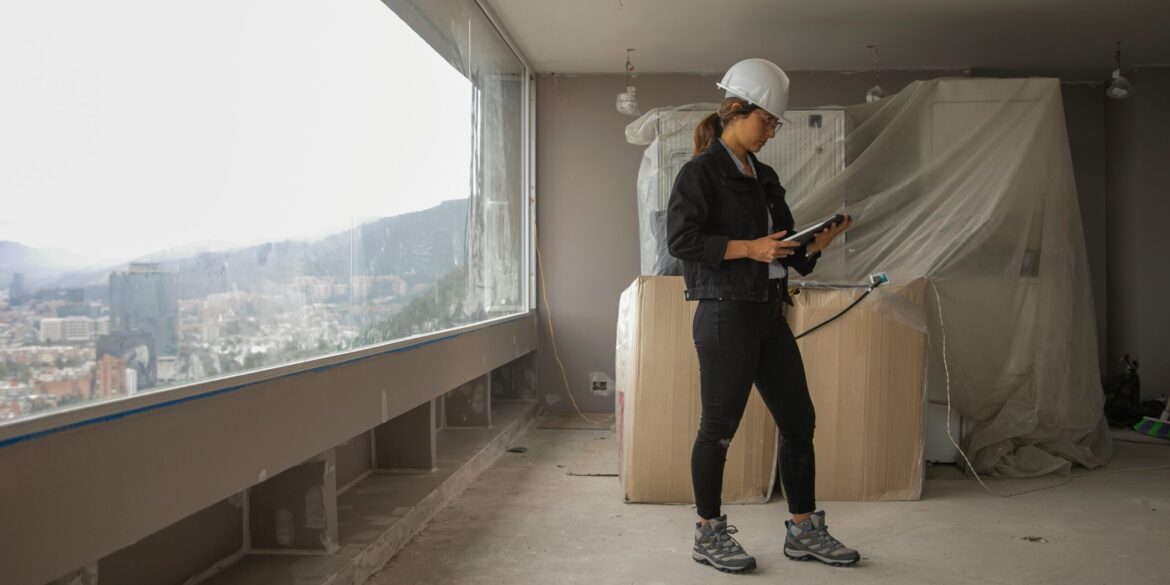In October 2025, U.S. homebuilder sentiment reached a six-month high, signaling a potential shift in the housing market, although economic uncertainties continue to pose challenges. The National Association of Home Builders/Wells Fargo Housing Market Index rose to 37, up five points from the previous month. While this marks an encouraging increase, the index remains below the neutral level of 50 for the 18th consecutive month, highlighting the ongoing caution within the sector.
The increase in sentiment is largely attributed to optimism surrounding easing mortgage rates. Builders are hopeful that lower borrowing costs will stimulate housing demand and help alleviate the excess inventory that has built up over the past year. As mortgage rates soften, many builders see an opportunity to attract more buyers, which could, in turn, provide a much-needed boost to the housing market. However, this optimism is tempered by broader economic concerns, including weak labor market conditions and overall economic uncertainty, which may limit the effectiveness of lower mortgage rates in driving long-term recovery.
Read Also: https://todayus.com/us-hiring-plans-reach-lowest-point-since-2009-amid-economic-uncertainty/
According to the Federal Reserve’s Beige Book, recent economic activity has been relatively flat, with subdued labor demand. The lack of robust job growth and stagnant wages continue to weigh on consumer confidence, making it difficult for many prospective buyers to commit to purchasing homes. While the luxury housing market has shown resilience, the broader buyer pool remains cautious, with many holding off on making significant financial commitments due to concerns about job security and the state of the economy.
Despite these challenges, homebuilders are working to incentivize buyers. About 38% of builders reported implementing price cuts, with the average reduction reaching 6%. These price cuts, along with other promotions, are an attempt to attract hesitant buyers, though the results have been mixed. Prospective buyer traffic remains relatively low, though there was a slight improvement noted in recent months. The ongoing uncertainty in the labor market and broader economy has made many buyers hesitant to make long-term investments, even with the possibility of more favorable mortgage rates.
Moreover, the government shutdown has added another layer of complexity to the situation. The shutdown has disrupted key housing-related data collection and the processing of flood insurance, both of which are essential to home sales in certain regions. These delays have created additional uncertainty for buyers and sellers, particularly in states where flood insurance is a significant concern.
On a more positive note, single-family building permits showed signs of recovery in September after a steep decline in August. This indicates that while the market remains cautious, there may be a slow but steady return of confidence among homebuilders, who are beginning to see potential in future housing demand. The uptick in permits, coupled with the improvement in sentiment, suggests that the housing market may be stabilizing, even as broader economic challenges persist.
In summary, while homebuilder sentiment has improved and mortgage rates are easing, there are still significant hurdles facing the housing market. Economic uncertainty, a weak labor market, and ongoing disruptions due to the government shutdown continue to affect both homebuyers and homebuilders. Builders are adjusting their strategies with price cuts and incentives, but the road to a fully recovered housing market remains uncertain, with many factors yet to play out. Despite this, the slight uptick in sentiment and permits could indicate a cautious optimism as the market navigates these challenges.


